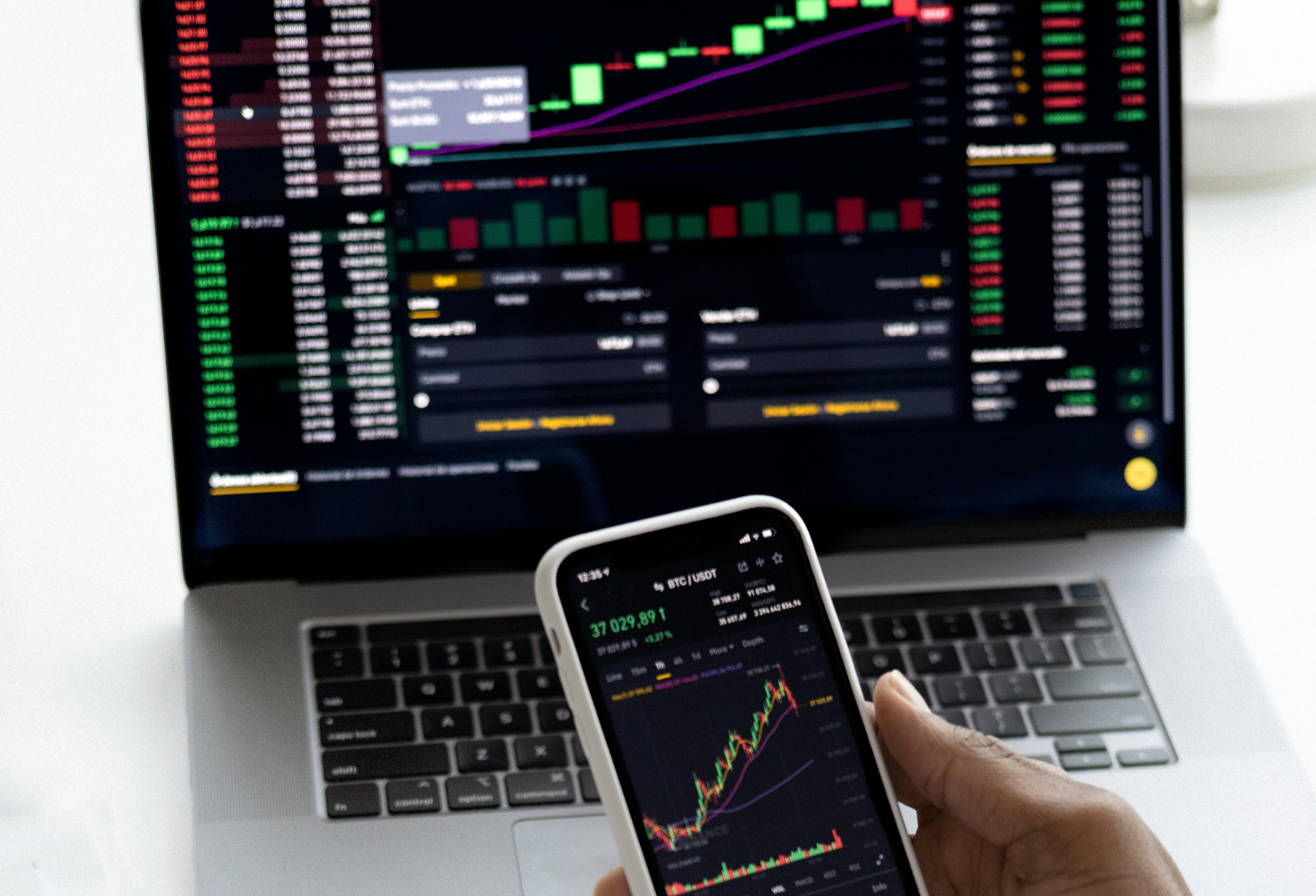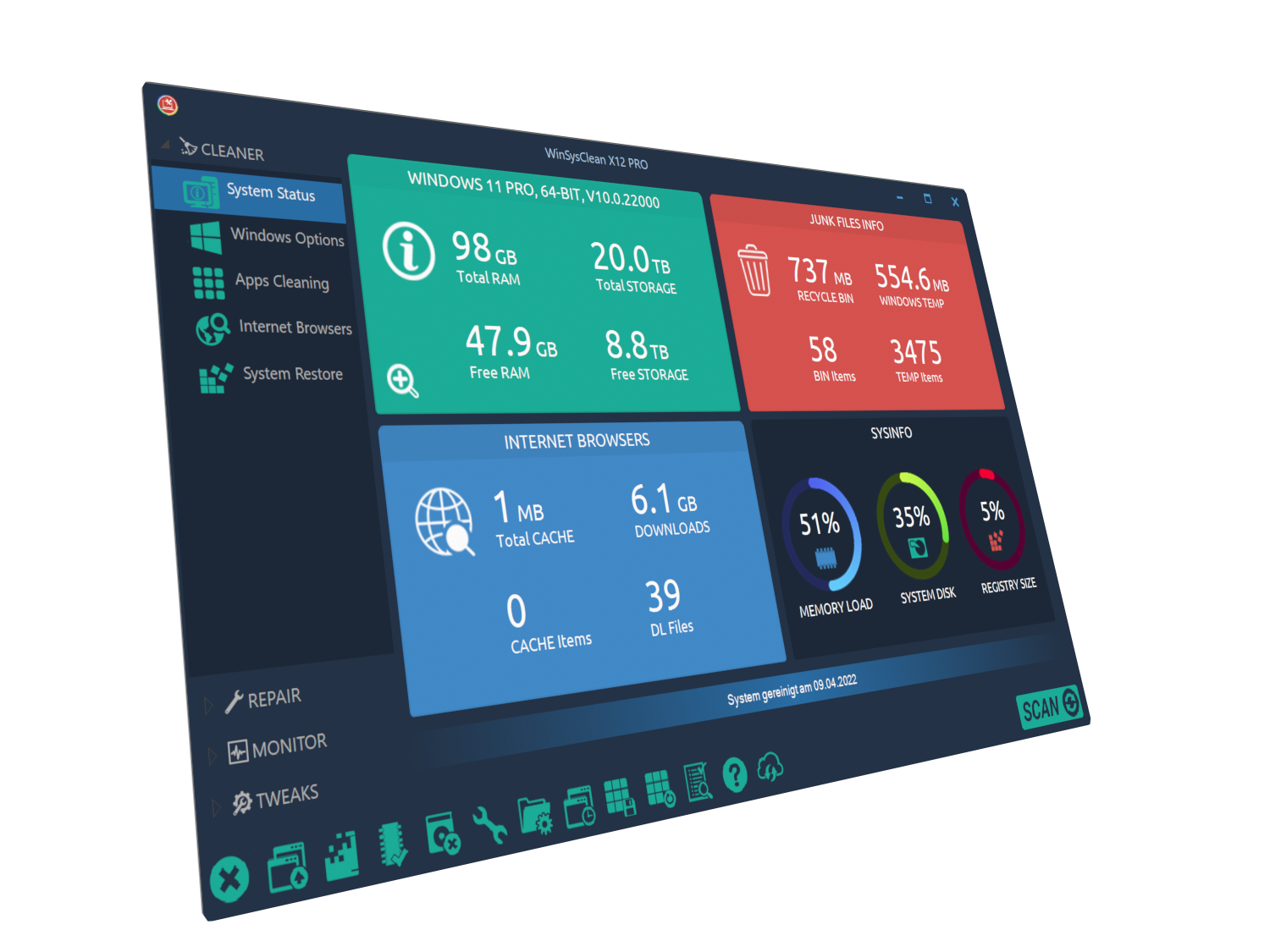Risk management is an essential component of successful trading, whether you’re dealing in stocks, forex, commodities, or any other financial markets. Effective risk management strategies help traders preserve capital, survive market volatility, and achieve consistent returns. This article explores the foundational concepts of risk management in trading, offering practical strategies and tools to help traders minimize losses and optimize their trading performance.
Understanding Risk in Trading
Trading inherently involves risk; the possibility of losing money is as prevalent as the potential for profit. The key to successful trading isn’t to eliminate risk entirely but to manage it in a way that maximizes the potential for gains while minimizing the potential for losses.
Key Components of Risk Management
- Capital Allocation: One of the fundamental rules of trading is never to risk more than you can afford to lose. A common guideline is to risk only a small percentage of your total trading capital on any single trade, typically between 1% and 3%. This helps ensure that no single loss can significantly impact your overall capital.
- Stop-Loss Orders: Utilizing stop-loss orders is a crucial risk management tool. A stop-loss order automatically closes an open position at a predetermined price level, helping traders prevent larger losses if the market moves against them. Placement of stop-loss orders should be based on your risk tolerance and the volatility of the asset.
- Risk/Reward Ratio: Before entering a trade, consider the risk/reward ratio, which compares the potential risk involved with the expected reward. A favorable risk/reward ratio is generally 1:3, meaning the potential reward is three times the risk.
- Diversification: Spreading your investment across various assets or markets can reduce risk. Diversification helps mitigate the impact of adverse movements in any single market or asset on your overall portfolio.
- Leverage Management: While leverage can amplify returns, it also increases risk. Effective leverage management involves understanding the full extent of potential losses and keeping leverage at a level that is manageable within the context of your overall trading strategy.
Advanced Risk Management Strategies
- Hedging: This involves taking an offsetting position in a related asset to reduce risk exposure. For example, if you hold a substantial position in a stock, you might buy put options as insurance against a significant decline.
- Position Sizing: Adjusting the size of positions based on the volatility of the asset can be an effective way to manage risk. More volatile assets generally warrant smaller positions to accommodate their larger price swings.
- Volatility Assessment: Understanding the historical and implied volatility of assets can aid in setting more effective stop-loss orders and in choosing the correct position size for trades.
Psychological Aspects of Risk Management
- Emotional Discipline: Trading decisions should be driven by data and strategy, not emotions. Developing emotional discipline can help prevent rash decisions based on fear or greed.
- Continuous Education: Markets evolve, and so should your trading strategies. Continuous learning and adaptation are crucial to maintaining an edge in trading.
- Review and Adjustment: Regularly review your trading performance and risk management strategies. This includes analyzing both successful and unsuccessful trades to understand what worked and what didn’t.
Conclusion
Effective risk management is crucial for longevity in trading. By implementing strategies such as proper capital allocation, using stop-loss orders, maintaining a favorable risk/reward ratio, and diversifying your portfolio, you can safeguard your capital against unpredictable market movements. Remember, the goal of risk management isn’t merely to avoid loss but to optimize the balance between risk and reward.





Leave a Reply